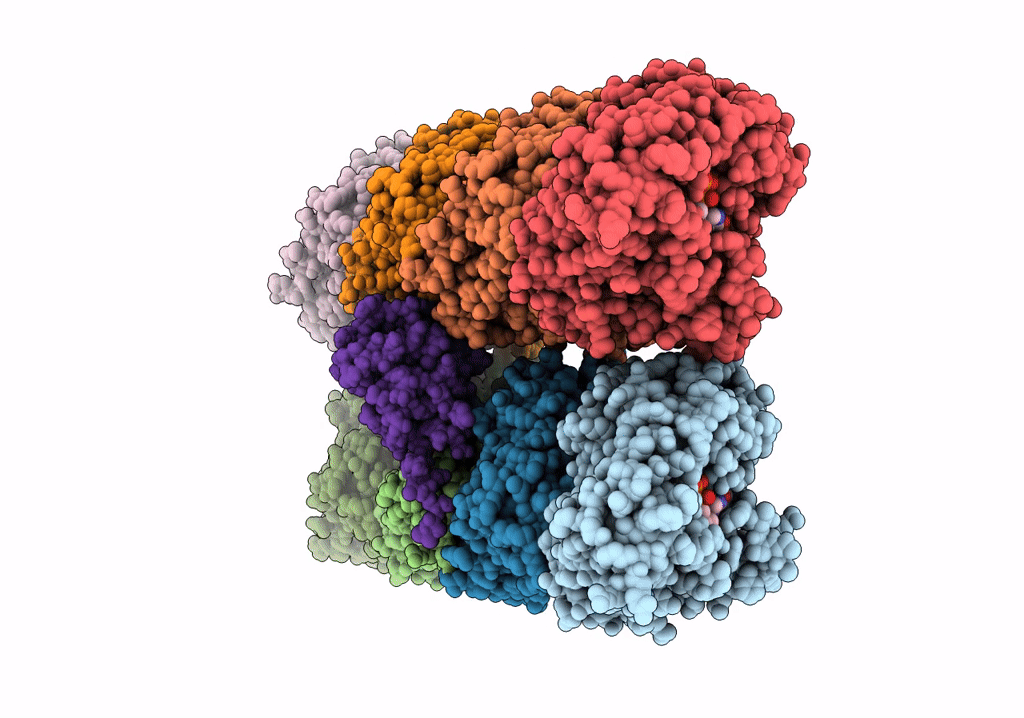
Deposition Date
2010-09-18
Release Date
2010-11-24
Last Version Date
2024-05-08
Entry Detail
PDB ID:
2XRP
Keywords:
Title:
Human Doublecortin N-DC Repeat (1MJD) and Mammalian Tubulin (1JFF and 3HKE) Docked into the 8-Angstrom Cryo-EM Map of Doublecortin- Stabilised Microtubules
Biological Source:
Source Organism:
HOMO SAPIENS (Taxon ID: 9606)
BOS TAURUS (Taxon ID: 9913)
BOS TAURUS (Taxon ID: 9913)
Host Organism:
Method Details:
Experimental Method:
Resolution:
8.20 Å
Aggregation State:
FILAMENT
Reconstruction Method:
SINGLE PARTICLE


